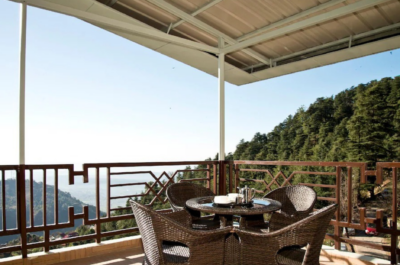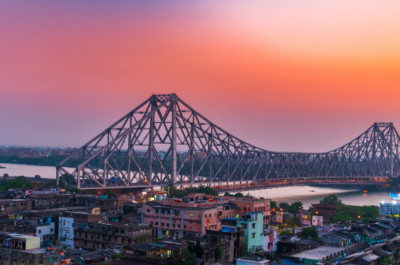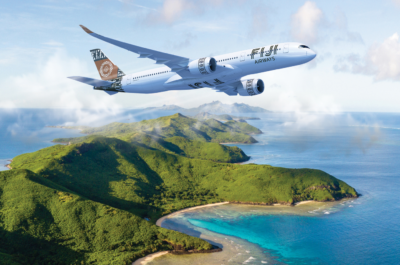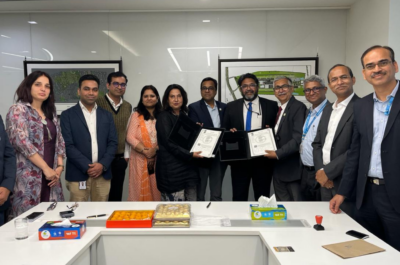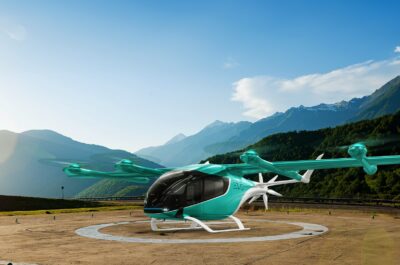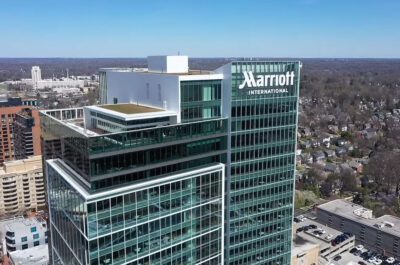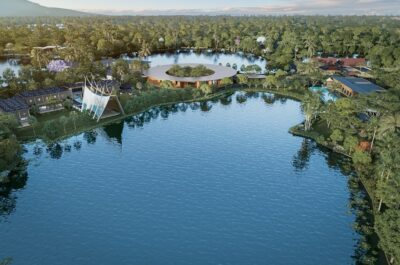…
Multi-country circuits
The GMS Refocused Tourism Sector Strategy 2011-2015 – endorsed by the six GMS Countries with the support of ADB and the Mekong Tourism Coordinating Office (MTCO), emphasized to develop the Mekong as a single destination.
It integrates a multi-country marketing effort, with Mekong-branded thematic circuits and destinations. The Strategic Framework Commitee already identified six new cross-country trails
Mekong Delta and Southern Coastal Corridor
The trail links the Mekong Delta in Vietnam to the Southern Coast of Cambodia and Thailand’s Eastern Seabord. It runs along 900 km from Bangkok to Ca Mau in Vietnam passing through Ha Tien, Koh Kong and Sihanoukville. The area boasts hundred of islands, traditional fishers’ villages and historical cities and resort towns. In the longer term, the Southern Coastal corridor could be further prolonged up to Dawei in Southern Myanmar, following the completion of new roads from Thailand.
Mekong Discovery Trail
The trail extends from Northeast Cambodia into Southern Laos as well as to the Isan provinces of Thailand in the so-called Green Triangle and Emerald Triangle. It stretches over 500 km passing through Kratie and Stung Treng in Cambodia, Champassak and Pakse in Laos before ending in Ubon Ratchathani and Mukdahan provinces in Thailand. The circuit offers an opportunity to see splendid waterfalls and rare animals such as pink dolphins living in the Mekong River.
Mekong Tea Horse Trail
The trail covers segments of the Western spur of the North-South Economic Corridor that includes Yunnan, Myanmar, Laos and Northern Thailand. It would stretches from Kunming over Jinghong in Yunnan then separating into two sub-corridors- one through Myanmar (Kengtung) and down to Mae Sai in Thailand, the other one through Laos (Luang Namtha) down to Chiang Khong in Thailand (650 km).
Mekong Karst Landscapes Trail
Overland trails between Guangxi Zhuang Autonomous Region to Central Laos via Vietnam. It would start from the city of Guilin, going to Halong Bay before going further to Laos to Tha Khek passing through spectacular karst formations along the Lijiang River in China, Halong Bay and Ninh Binh Province in Vietnam before reaching caves and limestones in Central/Southern Laos.
Steps of Shiva and the Lord Buddha
The trail is based on the scope of the existing project in the ‘Steps of Shiva and the Lord Buddha”, linking the ancient monumental heritage of the GMS, including religious sites such as Bagan, Kyaiktiyo and Mandalay in Myanmar; Cham heritage sites around Danang and My Son; Luang Prabang in Laos. Angkor Wat and other grand Khmer temples structures in Cambodia (Preah Vihear, Oudong and Bantay Chmar in Cambodia; Wat Phu in Laos; Phimai and Phnom Rung in Thailand) ; old capital cities of Ayutthaya, Lopburi and Sukhothai in Thailand, the imperial city of Hue in Vietnam and ancient Lao-style temples of Xishuanbanna (Jinghong) region in Yunnan, China.
Mekong Heritages Trail
Comprising the East-West Economic Corridor, the Northern heritage trail link the Houaphanh-Than Hoa-Son La tourism zone in Upper North Vietnam to Northern Thailand (Chiang Rai) via Laos. The trail goes essentially through the discovery of the various ethnic tribes- particularly the ones living in mountainous areas and look at their customs, agriculture development as well as their production of handicraft.
Other activities
Gastronomy tourism
The variety and diversity of food and an increasingly sophisticated gastronomy in the GMS helps to market circuits and packages based over a culinary experience.
Gastronomy tourism can not only include the visit of farming regions, traditional markets but also discover restaurants specialized in local cuisine or go to a local cooking school for a culinary course.
Thailand probably offers the most complete product, from organic farming in Isaan –especially in Nakhon Ratchasima or in the North in Chiang Mai and Chiang Rai- to a visit of floating markets or a Thai cuisine course in prestigious cooking schools of famous Thai chefs or prestigious hotels.
However, gastronomy tours and teaching are also turning popular in Cambodia and Vietnam. It also starts to develop now in Laos on a smaller scale than in its neighbours. It is then possible to organize a circuit just around that culinary thematic.
Arts and crafts tourism
Being rich in various ethnics and blessed by talented craftsmen, the GMS is a heaven for handicraft and art lovers. Themes can easily be organized around arts and crafts such as a textile and silk program including the visit of museums (Bangkok, Hanoi, Ho Chi Minh City, Luang Prabang), of NGO or/and community centres specialized in weaving (Hanoi, Hoi An, Hue, Luang Prabang, Siem Reap, Northern Thailand and Isan). In Guangxi and Yunnan, mountainous ethnics are specialized also in cotton weaving, embroideries, jewels and beads as well as intricate shoes.
The incredible variety of ethnics in Myanmar will also help developing itineraries around Myanmar textiles from the visit of the famed lungyis (sarong) to silk ikat or the renown “Acheik” weaving to cotton clothing from ethnic groups such as the Akha, Kachin, Naga, Karen, Pa-O, Khami, Mro, Chin, and Padaung.
Discovering crafts are a fun activity for travellers, especially with the development of handicraft centres, specialty markets or craft villages. Among the most popular handicraft destinations are:
Chiang Mai nightmarket, Chatuchak Market and Asiatique Shopping Centre in Bangkok as well as NGOs and foundation craft centres in Northern Thailand and Isan (Thailand), Luang Prabang nightmarket and craft shops in Vientiane (Laos), Phnom Penh Central Market, Siem Reap old town market, NGO funded art schools as well as shops in both Phnom Penh and Siem Reap (Cambodia).
Myanmar and Vietnam are also rapidly emerging as important art centres for painting while Bangkok is now looking at becoming a hub for applied arts in the Greater Mekong sub-region as it offers a high number of private art galleries, art universities and museums exhibiting on a regular basis local talents.


Traditional Sport tourism
The practice of sports in the Mekong countries has a thousand-year old tradition: the one of learning the art of defense but also the way to master its body. Packages and tours to learn about traditional sports or to attend traditional sport events are also another way to discover and understand the fundamental of life of the people living in the Greater Mekong Sub-region. Despite great traditions in martial arts and sports, they are limited opportunities to join courses in Myanmar and Vietnam for now. In Vietnam, most schools are generally only open to kids and students.

Sports activities
Golf with a high number of international standard greens in Cambodia, China and Laos (Luang Prabang and Vientiane). The highest number of courses can be found all across Thailand and Vietnam. In Myanmar, most of the golf courses are located in Yangon and its region as well as in and around Mandalay.
Scuba diving and diving are possible on a large scale in Cambodia, Thailand and Vietnam. Nha Trang and the Whale Islands, Con Dao island and Phu Quoc island offer perfect diving opportunities in Vietnam. Most resort areas along the Andaman Sea and the Gulf of Thailand offer picture-perfect conditions for scuba diving and snorkeling. In Cambodia, most scuba diving activities are for now located in Sihanoukville. They are possibilities to practice diving on a day excursion basis with a boat from Thailand.
Fishing. They are some fishing possibilities in the Mekong River in both Cambodia and Laos. Sport fishing tours are also organized around Phuket, Pattaya and in Trat province but also for river fishes near Bangkok, along the Mekong River as well as in Chiang Mai.
Trekking. Endless possibilities exist for trekking in GMS all mountainous areas, from the snow-capped peaks of Putao in Myanmar to the gentle slopes of mountains in Northern Thailand, mountainous rainforests of Northeastern Cambodia and Laos to treks in Sapa along paddy fields and rice terraces in Sapa (Northern Vietnam) as well as in Shangri La (Zhongdian) in Yunnan or a terrace trek from Guilin to Longsheng in Guangxi.
Biking. The constant improvement in highways and road networks across the GMS as well as the opening of more border crossing check points turn the region into a perfect getaway for bicycle tourism. Tours from specialized DMC exist already with many multi-country itineraries. Some of the most common are circuits linking together Thailand and Cambodia as well as Laos and Thailand. They are also circuits linking now capital cities and metropolis of Cambodia, Laos, Thailand and Vietnam.
Birdwatching. Programs and tours exist in Cambodia, Laos, Myanmar, Thailand and Vietnam as well as in Yunnan. Possibilities are more limited in Guangxi.
Rock and wall climbing. Activities such as rock and wall climbing are practiced in the caves and stones formation around GMS countries. Possibilities of rock and wall climbing in Cambodia (Siem Reap), Laos (Vangvieng, Champassak, Thakhek)
TravelDailyNews Asia-Pacific editorial team has an experience of over 35 years in B2B travel journalism as well as in tourism & hospitality marketing and communications.



































































